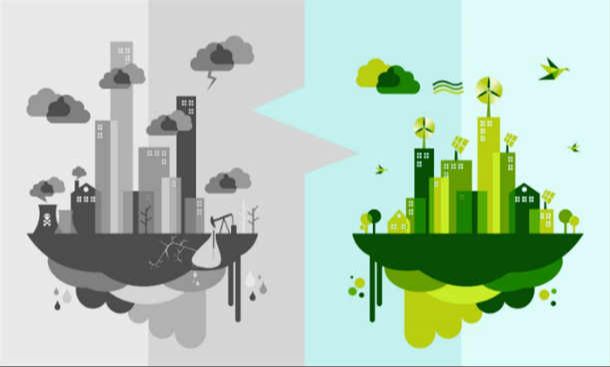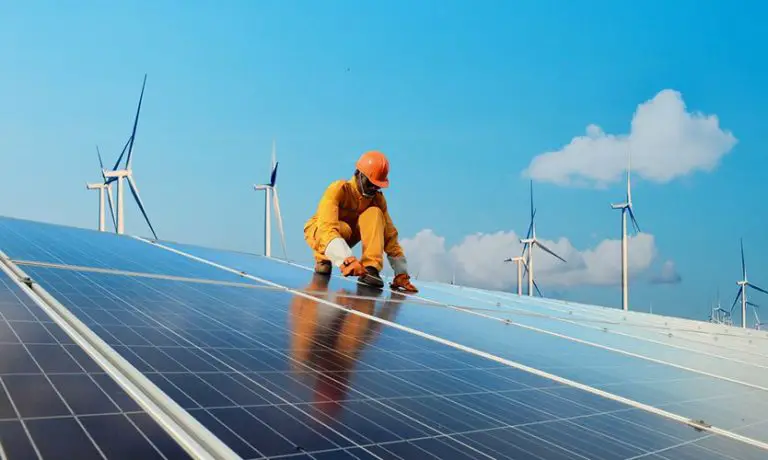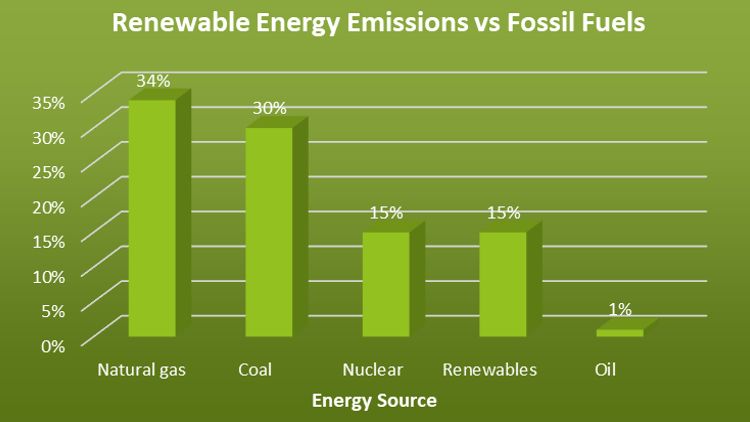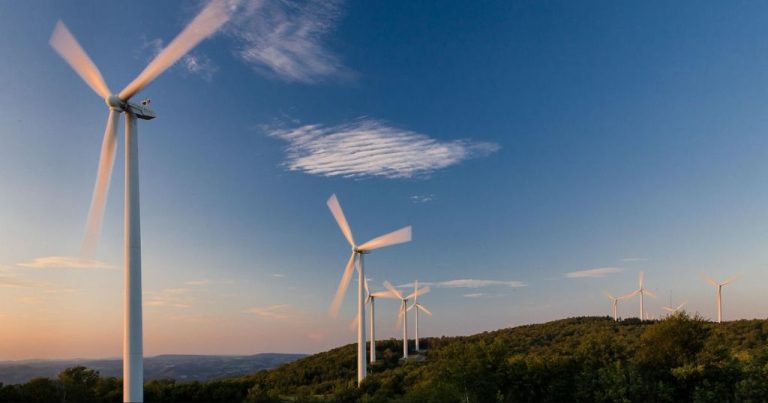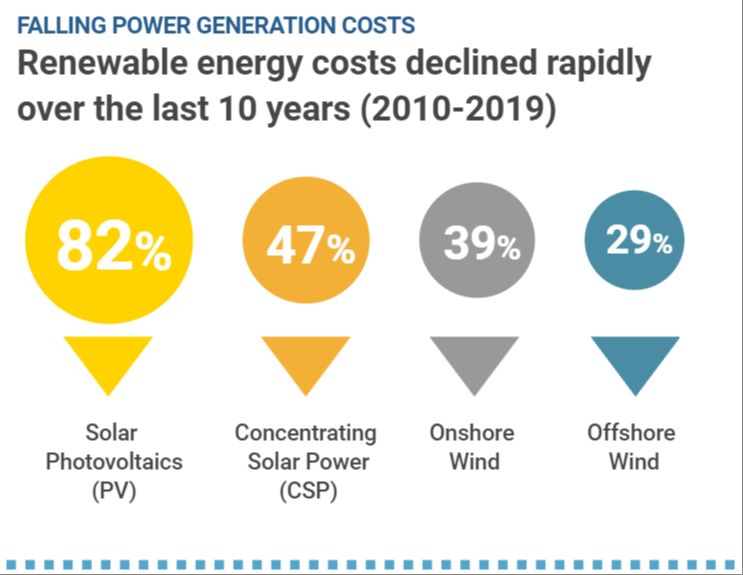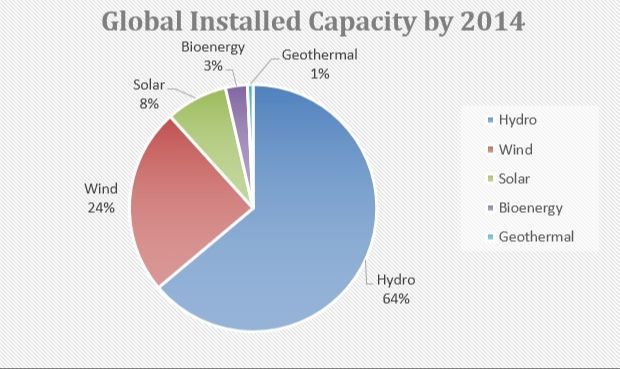Is Renewable Energy Actually Clean?
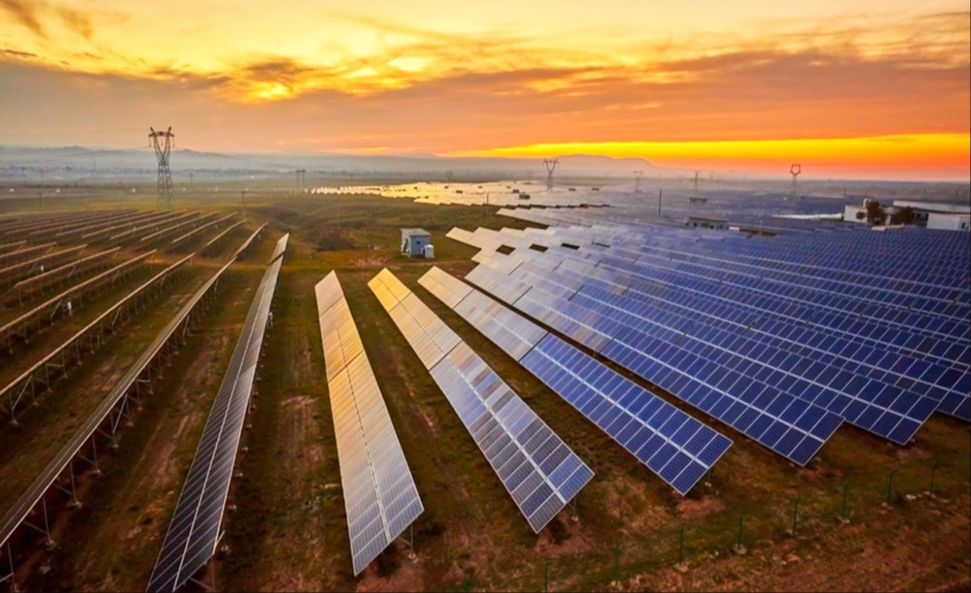
Climate change is one of the biggest challenges facing our planet. Many believe renewable energy sources like solar, wind and hydropower provide a clean solution by avoiding the greenhouse gas emissions of fossil fuels. But is renewable energy truly emissions-free and environmentally harmless? While greener than coal or oil, renewable energy still impacts air, water, wildlife and land. This article examines the less obvious drawbacks of popular renewable technologies, to present a more balanced view. The goal is not to discourage renewable energy adoption, which remains key to a low-carbon future. But understanding its downsides allows us to mitigate harms, improve technologies, and make more informed decisions.
Popular Renewable Sources
With concerns over climate change and energy security, there has been increasing focus on developing energy from renewable sources. According to the U.S. Energy Information Administration, the most commonly used renewable energy sources today are:
Solar power – Using photovoltaic panels to convert sunlight into electricity. Solar energy generation has seen exponential growth in recent years, with global solar PV capacity reaching over 580 gigawatts in 2019.
Wind power – Harnessing the wind with large turbines to generate electricity. Wind power capacity has also expanded rapidly and provided over 5% of total U.S. electricity generation in 2019.
Hydroelectricity – Generating power from flowing water, often with dams. Hydroelectric power provides over 6% of U.S. electricity and is the most utilized renewable globally, with over 1,295 gigawatts of installed capacity (source: Power Technology).
Geothermal energy – Using heat from below the earth’s surface to produce steam to drive turbines. The U.S. has over 3.5 gigawatts of geothermal capacity, but growth has leveled off in recent years.
Biomass – Burning organic matter like wood and agricultural waste to generate electricity. Biomass combustion accounts for about 1.5% of total U.S. energy production.
Carbon Emissions
Life cycle analysis shows that renewable energy sources generally have lower carbon emissions compared to fossil fuels. According to a NREL report, the median lifecycle greenhouse gas emissions from renewable electricity sources range from 2-73 gCO2-eq/kWh. In comparison, fossil fuel power plants have median lifecycle emissions of 469-991 gCO2-eq/kWh.
A key factor is the emissions produced during manufacturing, construction, and transportation of renewable energy infrastructure. Wind turbines, solar panels, and other equipment require energy and materials to produce. However, the carbon payback period can be relatively short – around 6 months for wind and 1-3 years for solar PV.
Once operational, renewable sources produce very low direct emissions while generating electricity. Whereas the direct emissions from natural gas and coal power plants continue throughout their 30+ year lifespan. This makes the lifetime carbon footprint of renewables much lower.
According to analysis by the World Resources Institute, renewable energy sources typically emit around 50g CO2/kWh over their lifetime. In comparison, fossil fuel power plants emit 400-700g CO2/kWh on average.
Other Pollutants
While carbon emissions get the most attention, renewable energy sources can also produce other types of air pollutants like sulfur dioxide, nitrogen oxides, and particulate matter. However, the amount and type varies significantly by energy source:
- Biomass burning emits particulates, carbon monoxide, volatile organic compounds, and nitrogen oxides. However, modern pellet-burning biomass boilers emit far less than traditional wood-burning stoves. (Renewable Energy’s Benefits for Air Quality & Climate)
- Geothermal plants emit hydrogen sulfide, ammonia, and particulate matter. But these emissions are usually negligible or easily mitigated with scrubbers.
- Solar PV and wind turbines have practically zero emissions during operation.
Overall, most renewable sources create dramatically fewer emissions of these pollutants compared to fossil fuels. But they are not completely emission-free, so pollution control measures may still be warranted in some cases.
Wildlife and Habitat
The development of renewable energy can have detrimental effects on wildlife and their natural habitats [1]. Wind turbines and large-scale solar facilities in particular can disrupt local ecosystems.
Wind turbines have impacts on birds and bats. Birds and bats can collide directly with turbine blades, and bats are especially susceptible due to barotrauma from air pressure changes [2]. Wind farms also fragment bird and bat habitats.
Large utility-scale solar facilities require significant land clearing, which leads to habitat loss and fragmentation. This can displace threatened animal populations from their native ranges [3].
Hydropower dams flood large areas upstream, radically altering river ecosystems. Fish migration routes are blocked, and flooded areas create methane emissions from inundated vegetation.
Proper siting and mitigation strategies during facility design and construction can help reduce renewable energy’s effects on wildlife. However, balancing renewable energy growth with conservation remains an ongoing challenge.
Water Usage
While renewable energy is often touted as being cleaner than fossil fuels, some forms of renewable energy do require significant amounts of water. This is especially true for geothermal, biomass, and hydroelectric power.
Geothermal power plants use water for cooling and steam generation. Typical geothermal plants use 3,400-4,500 gallons of water per megawatt-hour generated, mainly for re-injecting geothermal fluids back into the reservoir (Source). This makes geothermal one of the more water-intensive renewable technologies.
Biomass power made from crops can also have high water needs for irrigation. Corn-based ethanol, for example, requires significant irrigation and has a higher water footprint than gasoline per unit of energy produced (Source). However, biomass from forestry residues uses little irrigation water.
Hydroelectric dams heavily impact local water resources by diverting river flows. The reservoirs behind dams can lose large amounts of water to evaporation. However, hydroelectricity consumes less water than fossil fuel plants per unit of electricity generated (Source).
Waste Products
One concern with renewable energy is the waste that is produced once equipment reaches the end of its usable lifespan. For example, solar panels contain hazardous materials like lead and cadmium that must be properly disposed of. According to the EPA, “Renewable Energy Waste Streams: Preparing for the Future” examines the waste produced once solar panels, lithium-ion batteries and windmills can no longer be used (https://www.epa.gov/newsreleases/epa-releases-briefing-paper-renewable-energy-waste-management). Many forms of renewable energy rely on batteries and electronics that also must be recycled or disposed of properly. While waste is produced, proactive policies, responsible manufacturing, and recycling efforts can help minimize the environmental impact.
Land Usage
Renewable energy sources like wind and solar require significant amounts of land area to generate electricity compared to fossil fuels. According to a Brookings Institute report, wind and solar farms need at least 10 times more land area per unit of energy produced than coal or natural gas plants. Solar photovoltaic farms in particular require large, flat areas to mount panels and collect unobstructed sunlight. The McKinsey Institute notes solar farms do best on flat, arid land in sunny climates, while wind turbines require exposed ridges or hilltops to maximize wind flow. As renewable energy expands, thousands of square miles may be needed for new solar and wind projects. This significant land usage impact is an important consideration when evaluating the environmental footprint of renewable power.
Is Renewable Energy Worth It?
When weighing the pros and cons of renewable energy, it becomes clear that the benefits outweigh the drawbacks. Renewable sources like solar and wind produce little to no greenhouse gas emissions, helping mitigate climate change. According to research from Countering Climate Change With Renewable Energy Technologies, transitioning to renewables and reducing fossil fuel reliance can significantly slow the effects of climate change. While renewable energy has intermittency challenges and higher upfront costs, the long-term environmental payoff makes it a crucial investment for the future.
Renewables already play a major role in reducing emissions. The UN Environment Programme found renewable energy helped avoid 2.7 gigatonnes of CO2 equivalent emissions globally in 2020 alone. As technology improves and costs decrease, renewables’ impact will grow. Areas like energy storage, grid flexibility, and next-generation technologies can make renewable energy even more viable and reliable.
Overall, renewable energy is clearly worth supporting for its immense potential benefits. With smart policies and continued innovation, renewable sources can play an integral role in fighting climate change and building a sustainable energy system.
Conclusion
In this article, we’ve reviewed some of the most popular renewable energy sources like solar, wind, hydroelectric, and biofuels. While these sources produce much lower carbon emissions compared to fossil fuels, they still have some negative environmental impacts that are important to consider.
Solar and wind farms take up large land areas that can disrupt wildlife habitats and landscapes. Hydroelectric dams flood valleys and disrupt river ecosystems. The production of biofuels requires vast croplands that replace forests and grasslands. There are also concerns around toxic materials and waste products involved in manufacturing and decommissioning renewable energy infrastructure.
However, renewables will play a critical role as we transition away from fossil fuels. With careful planning and wildlife protections, renewable energy can expand quickly while minimizing environmental harm. Improving energy efficiency and conservation will also be key. There are always tradeoffs, but renewable energy paired with mitigation strategies provides the cleanest path to a sustainable energy future.

